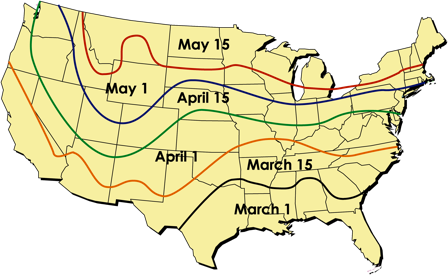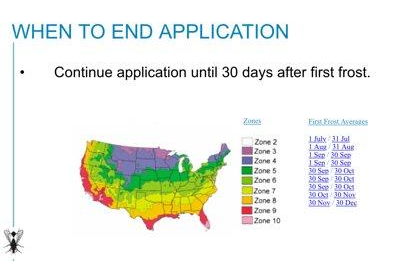Flies are pests that drain cattle of nutrients through bloodsucking while also transmitting a variety of diseases. Fly damage costs the U.S. cattle industry an estimated $1.5 billion annually, of which horn flies alone make up $850 million¹. That can equate to approximately $30-50 per head/per year loss for the average producer¹. A horn fly feeds about 20-30 times on each animal per day, which equals approximately one pint of blood per animal/per day. This can result in a 13-14% decrease for the average daily growth rate of nursing calves². Flies also cause constant stress to the animals as they must defend themselves against the biting, which in turn weakens their immune system and makes them susceptible to diseases such as anaplasmosis and pinkeye.
Flies can cause:
Depending on temperature and humidity, a horn flies life cycle can be completed in 8 to 45 days. These files will rest on an animal, sucking blood and potentially transmitting diseases, until they are disturbed to move or go to lay eggs in the animal’s manure, which in turn creates more flies to deal with.
So how do you combat these pests and maintain your profits?
As with most things, it’s better to be proactively ahead of the situation than to wait until there are issues to resolve. With that in mind, here are a few steps you can take to protect your herd – and in turn, your profits.


Furst-McNess has three products that are designed to be used in an integrated pest management system. The products available include:
Below is a listing of the features and benefits of these products:
Bova Beef 6 – Altosid® IGR: A mineral designed to be used on grass and mixed legume grass-based forages that prevents adult horn flies from emerging from manure of treated cattle.
Fescue Fly Force Premier-YC: Contains high levels of trace minerals that are more available, essential oils that have been shown to increase water intake and Equalize Beef to help manage feed quality and support reproduction.
Bova-Min 6-Fly: An All-Natural option of highly fortified mineral that contains the fly control technology used in Fescue Fly Force Premier. This product is available in the following states: AR, AK, FL, GA, IA, MO (availability is subject to change).
*AltosidIGR.com – Data on file
¹Stephen Belzinger, “Causes, costs and effects of flies in beef cattle,” Progressive Cattlemen, February 24, 2017
²DeRouen, S.M., L.D. Foil, A.J. MacKay, D.E. Franke, D.W. Swanson and W.E. Wyatt. 2008. Effect of Horn Fly (Haematobia irritans) Control on Growth and Reproduction of Beef Heifers. J. Econ. Entomology
³R.L. Byford, M.E. Craig and B.L. Crosby, “A Review of Ectoparasites and Their Effect on Cattle Production,” Journal of Animal Science, Vol. 70, p 599
⁴Bruce, W.N. and G.C. Decker. 1958. The relationship of stable fly abundance to milk production in dairy cattle. J. Econ. Entomol. 51(3):269-274